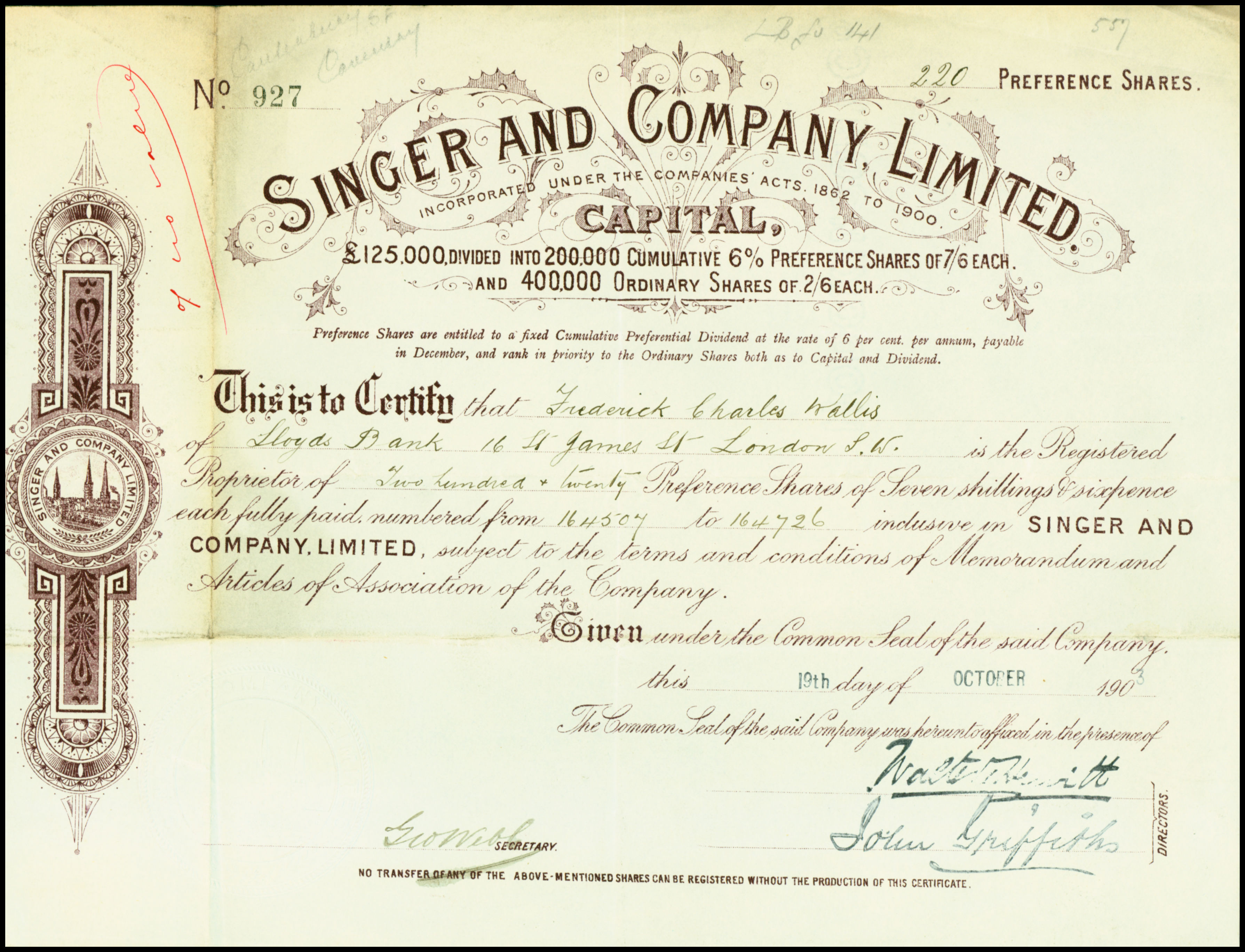|
Singer Eleven
The Singer Eleven is a British motorcar produced in Coventry from 1934 by Singer Motors. Technical details The Eleven is powered by 1394 cc 4-cylinder overhead cam engine producing and produced a top speed of . The car's transmission was called Fluidrive and featured a Vulcan-Sinclair Fluid coupling and was unusual in featuring independent front suspension. The standard factory coachwork was a four-door saloon with a wheelbase, launched at £240, with alternative aerodynamic bodies produced by Airstream of London. Only two of this specific model survive with one being in New Zealand and the other being on display at the Caister Castle Car Collection in Norfolk. For 1935, a larger 1459 cc 4-cylinder overhead cam engine was available in the Special Sport saloon including features such as a rev counter and clock but lost the Fluidrive for a four-speed manual transmission with synchromesh. Production of the Eleven ended in 1936. References {{reflist Eleven Eleven or 11 may r ... [...More Info...] [...Related Items...] OR: [Wikipedia] [Google] [Baidu] |
Singer Motors
Singer Motors Limited was a British motor vehicle manufacturing business, originally a bicycle manufacturer founded as Singer & Co by George Singer, in 1874 in Coventry, England. Singer & Co's bicycle manufacture continued. From 1901 George Singer's Singer Motor Co made cars and commercial vehicles. Singer Motor Co was the first motor manufacturer to make a small economy car that was a replica of a large car, showing a small car was a practical proposition.Anne Pimlott Baker, ''Bullock, William Edward (1877–1968)'', Oxford Dictionary of National Biography, Oxford University Press, 2004 It was much more sturdily built than otherwise similar cyclecars. With its four-cylinder ten horsepower engine the Singer Ten was launched at the 1912 Cycle and Motor Cycle Show at Olympia. William Rootes, a Singer apprentice at the time of its development and consummate car-salesman, contracted to buy 50, the entire first year's supply. It became a best-seller. Ultimately, Singer's business ... [...More Info...] [...Related Items...] OR: [Wikipedia] [Google] [Baidu] |
Fluid Coupling
A fluid coupling or hydraulic coupling is a hydrodynamics, hydrodynamic or 'hydrokinetic' device used to transmit rotating mechanical power.Fluid coupling ''encyclopedia2.thefreedictionary.com'' It has been used in automobile Transmission (mechanics), transmissions as an alternative to a mechanical clutch. It also has widespread application in marine and industrial machine drives, where variable speed operation and controlled start-up without Shock (mechanics), shock loading of the power transmission system is essential. Hydrokinetic drives, such as this, should be distinguished from hydrostatic drives, such as hydraulic pump and hydraulic motor, motor combinations. History The fluid coupling originates from the work of Hermann Föttinger, who was the chief designer at the AG Vulcan Stettin, AG Vulcan Wo ...[...More Info...] [...Related Items...] OR: [Wikipedia] [Google] [Baidu] |
Rev Counter
A tachometer (revolution-counter, tach, rev-counter, RPM gauge) is an instrument measuring the rotation speed of a shaft or disk, as in a motor or other machine. The device usually displays the revolutions per minute (RPM) on a calibrated analogue dial, but digital displays are increasingly common. The word comes . Essentially the words tachometer and speedometer have identical meaning: a device that measures speed. It is by arbitrary convention that in the automotive world one is used for engine revolutions and the other for vehicle speed. In formal engineering nomenclature, more precise terms are used to distinguish the two. History The first tachometer was described by Bryan Donkin in a paper to the Royal Society of Arts in 1810 for which he was awarded the Gold medal of the society. This consisted of a bowl of mercury constructed in such a way that centrifugal force caused the level in a central tube to fall when it rotated and brought down the level in a narrower tube ... [...More Info...] [...Related Items...] OR: [Wikipedia] [Google] [Baidu] |
Singer Vehicles
Singing is the art of creating music with the voice. It is the oldest form of musical expression, and the human voice can be considered the first musical instrument. The definition of singing varies across sources. Some sources define singing as the act of creating musical sounds with the voice. Other common definitions include "the utterance of words or sounds in tuneful succession" or "the production of musical tones by means of the human voice". A person whose profession is singing is called a singer or a vocalist (in jazz or popular music). Singers perform music (arias, recitatives, songs, etc.) that can be sung accompaniment, with or a cappella, without accompaniment by musical instruments. Singing is often done in an ensemble (music), ensemble of musicians, such as a choir. Singers may perform as Soloist (music), soloists or accompanied by anything from a single instrument (as in art songs or some Jazz, jazz styles) up to a symphony orchestra or big band. Many styles o ... [...More Info...] [...Related Items...] OR: [Wikipedia] [Google] [Baidu] |
Cars Introduced In 1934
A car, or an automobile, is a motor vehicle with wheels. Most definitions of cars state that they run primarily on roads, seat one to eight people, have four wheels, and mainly transport people rather than cargo. There are around one billion cars in use worldwide. The French inventor Nicolas-Joseph Cugnot built the first steam-powered road vehicle in 1769, while the Swiss inventor François Isaac de Rivaz designed and constructed the first internal combustion-powered automobile in 1808. The modern car—a practical, marketable automobile for everyday use—was invented in 1886, when the German inventor Carl Benz patented his Benz Patent-Motorwagen. Commercial cars became widely available during the 20th century. The 1901 Oldsmobile Curved Dash and the 1908 Ford Model T, both American cars, are widely considered the first mass-produced and mass-affordable cars, respectively. Cars were rapidly adopted in the US, where they replaced horse-drawn carriages. In Europe and other pa ... [...More Info...] [...Related Items...] OR: [Wikipedia] [Google] [Baidu] |



